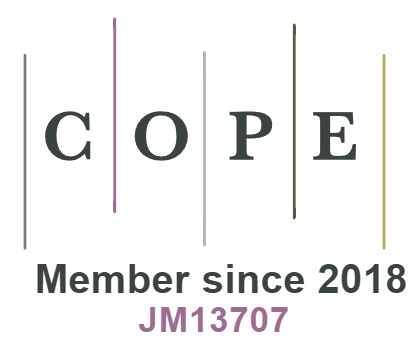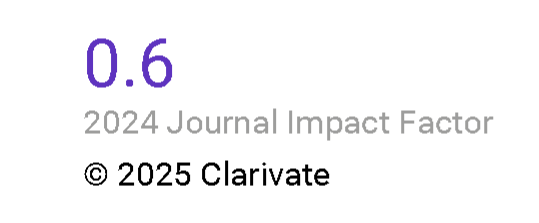Complex Fuzzy Sets with Application in BCK/BCI-Algebras
DOI:
https://doi.org/10.18778/0138-0680.48.3.02Keywords:
complex t-norm, min-complex t-norm, complex subalgebra, complex left (right) reduced ideal, complex characteristic functionAbstract
As a generation of fuzzy set, the notion of complex fuzzy set which is an innovative concept is introduced by Ramot, Milo, Friedman and Kandel. The purpose of this article is to apply complex fuzzy set to BCK/BCI-algebras. The notions of a complex subalgebra and a complex left (right) reduced ideal in a BCK/BCI- algebra are introduced, and related properties are investigated. Characterizations of a complex subalgebra are provided, and the homomorphic image (preimage) of a complex subalgebra and a complex left (right) reduced ideal.
References
D. Ramot, R. Milo, M. Friedman and A. Kandel, Complex fuzzy sets, IEEE Transactions on Fuzzy Systems 10(2), (2002), pp. 171–186.
Google Scholar
D.E. Tamir and A. Kandel, Axiomatic theory of complex fuzzy logic and complex fuzzy classes, International Journal of Computers Communications & Control, 6 (2011), no. 3, pp. 562–576.
Google Scholar
Y. Al-Qudah and N. Hassan, Operations on complex multi-fuzzy sets, Journal of Intelligent and Fuzzy Systems 33 (2017), pp. 1527–1540. DOI:10.3233/JIFS-162428
Google Scholar
Y. S. Huang, BCI-algebra, Science Press, China (2006).
Google Scholar
J. Meng and Y. B. Jun, BCK-algebras, Kyungmoon Sa Co., Seoul (1994).
Google Scholar
A. Azam, B. Fisher and M. Khan, Common fixed point theorems in complex valued metric spaces, Numerical Functional Analysis and Optimization 32(3), (2011), pp. 243–253.
Google Scholar
Downloads
Published
How to Cite
Issue
Section
License

This work is licensed under a Creative Commons Attribution-NonCommercial-NoDerivatives 4.0 International License.















